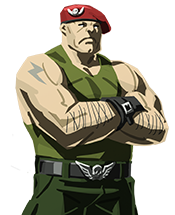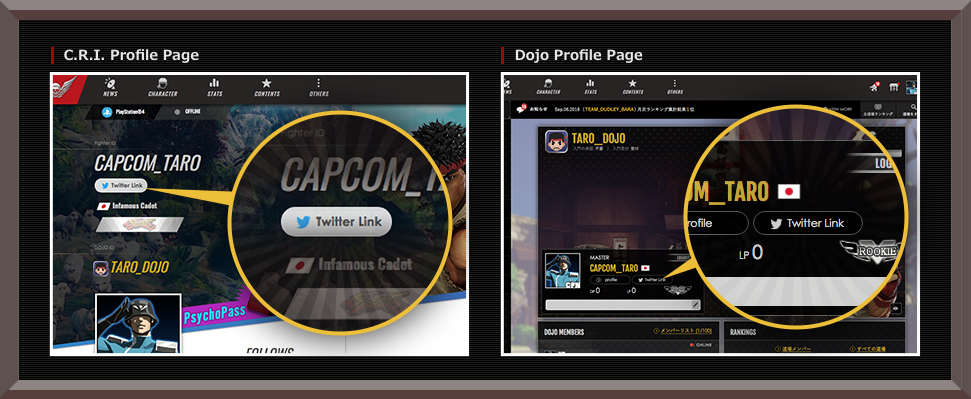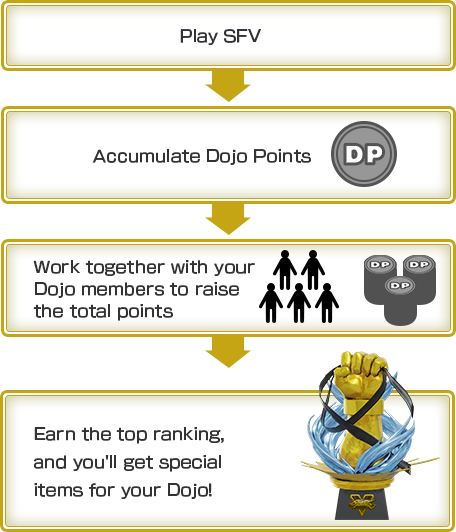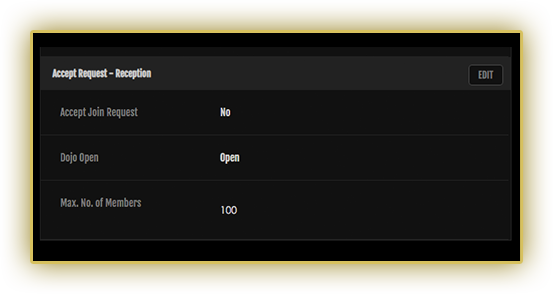Hour 1: An overview of in-game time
This doesn't only apply to fighting games, but there's a certain word used in the scene which can be useful to gain a better understanding of how things work. It's also a word that's often poorly explained and frequently misunderstood, so I'd like to start off with a definition.
That word is
Frame
Ah yes, I can almost feel the blank stares already. The current consensus in the beat 'em up scene is that everyone has to know all about frames. I don't buy that myself, but I'll provide an explaination anyway.
What are frames?
Most games nowadays are built around the same concept of time.
Video game time is counted by dividing each real second into 60 parts, known as frames.
The same term is used in television and movies.

This diagram represents one second of game time, with the first frame in red.
In the in-game universe, 1 frame1 is about 0.017 seconds long, and is the smallest amount of time that can be counted2.
Frames are used by the game to provide correct values for things that are affected by the passage of time. For example, a certain character's jump animation might be 40 frames long.
1Although games are generally split into 60 frames, TV and movies usually use around 30 frames, but the basic unit of counting time doesn't change, it's still 1 frame, only in this case they last about 0.03 seconds.
2This is a contrived example, but if you were to push a button, release it after only 0.016 seconds, and then push it again immediately, the game will think that it was never released. Another example would be pushing two buttons at almost the same time - if the difference between the presses were 0.016 seconds or less, the game thinks they were pressed together (these are just examples, and the nerds among you will of course know that the final outcome would actually depend on when frame detection occurred).
Why is it hard to get into the scene?
People who are intimately familiar with the underlying mechanics often talk about in-game information in terms of frames, unfortunately this leaves newer players completely in the dark. For example:
"If you block so-and-so's mid kick you'll be at -2."
Presented with this information alone, anyone not familiar with the terminology won't know if that's a bad thing or not. However consider if this were something like:
"If you block so-and-so's mid kick, it'll put him at a slight disadvantage but none of your moves are fast enough to counter."
This now provides clear information to people of all skill levels and is relatable with how the game actually plays.
Of course the first is shorter and preferred by more seasoned players as they can easily infer the missing information, but my worry is that it makes it unnecessarily hard for newbies to understand.
Do you need to know about frames?
I don't think it's strictly necessary. If you like expressing things in absolute numbers then by all means go nuts, but frame numbers are essentially used to determine which counters to use against which moves, so by learning the patterns themselves you won't need to know the frame info. If you're the type of person who learns faster by direct experience rather than through factual knowledge then you really only need to know the outcome, the calculations involved are just details.
Don't worry too much about frames, and if you're having trouble understanding information expressed only in numbers then don't be afraid to ask what the actual result is.
How not to talk about frames
What follows will be using specific terminology; if you're not yet familiar with the terms then please skim through it, and come back after you've read a few more columns. I'm sure you'll be able to make more sense of it then.
I once heard the following phrase:
"If the startup's 3 frames you can decide how to react just by looking."
No, you really can't.
Do not take sentences like "If you see a LK then you've time for a Shoryuken" seriously. Your reaction time alone (even something as simple as pushing button right after a screen flash) is going to be at least 10 frames, and because this is a game you'll be processing tons of other information which will only make things slower.
I think these kind of absurd phrases come about by describing an amount of frames as something you can "see" rather than something you "feel". It may vary from person to person, but I think 3 frames is an amount of time that most people are able to have a feel for. Even for moves that take an identical number of frames, depending on the situation it can almost feel as though one takes more or less time than the other. Waiting 3 frames for example can feel like it takes longer than a startup time of 3 frames.
This doesn't only apply to frames, but please make sure you have practical experience and a solid understanding of the mechanics before discussing frames or you may just end up embrassing yourself.
Glossary: Frame
A unit used to accurately measure in-game time. One second divided into 60 parts is called 60fps, or frames per second. Also written as F or f. Positive frames (+) are frames which work to the advantage of a character, as opposed to negative frames (-) which put a character at a disadvantage.
Examples
- "The startup's 5 frames"
- "Blocking that means -6F"
That's all for the first seminar, see you again soon.


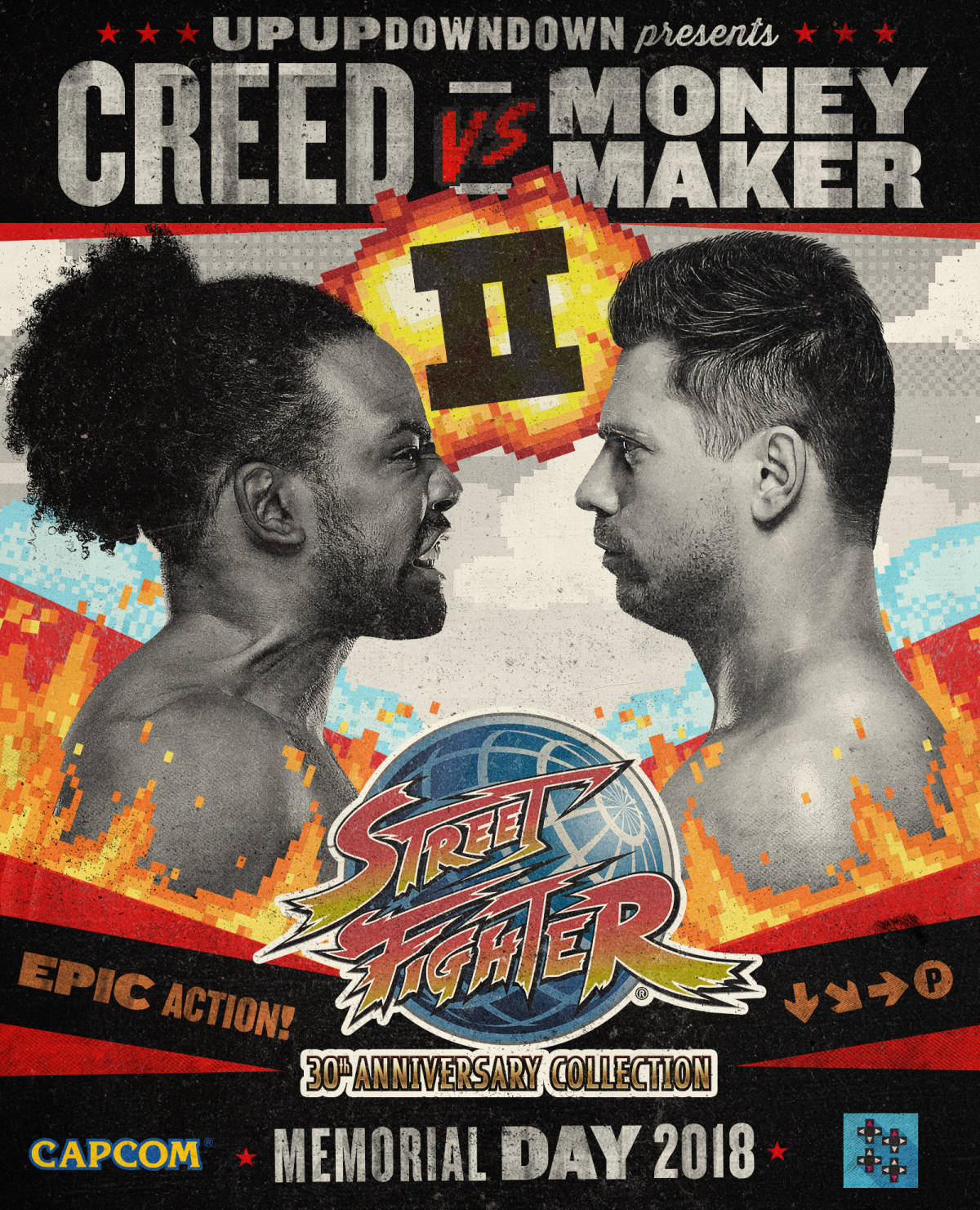
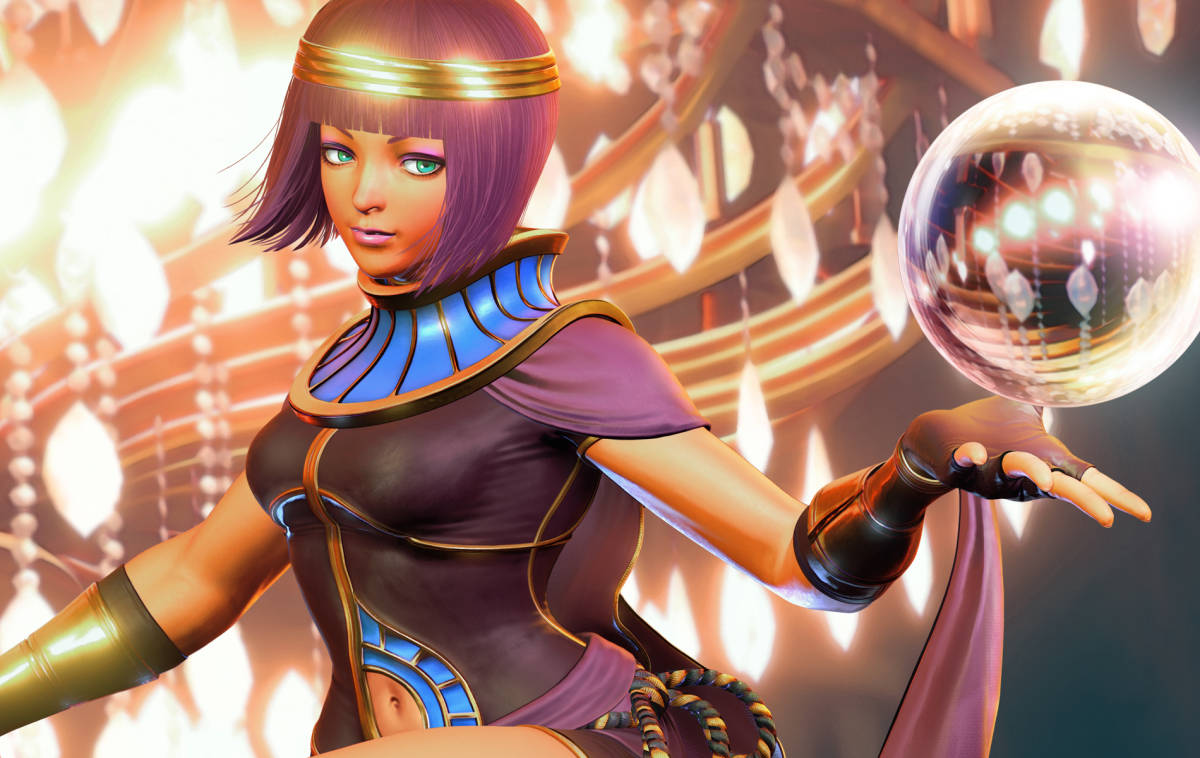



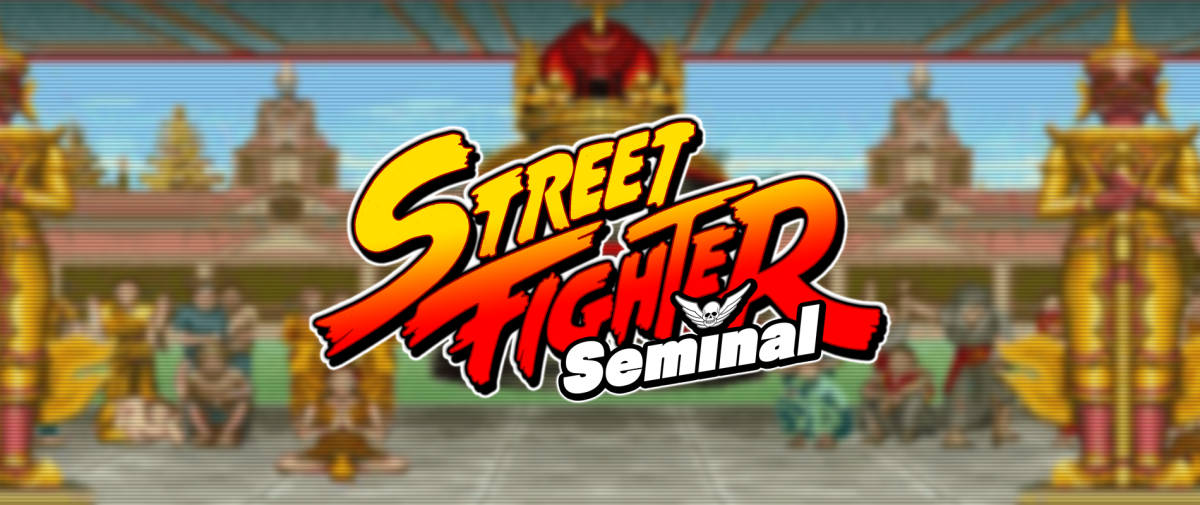


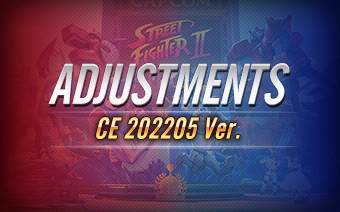
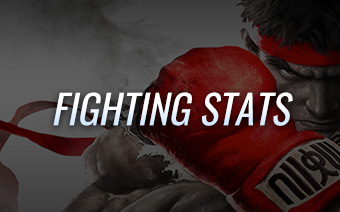
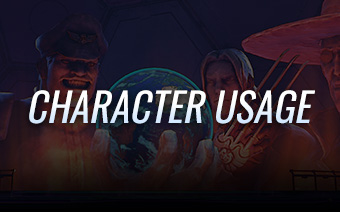

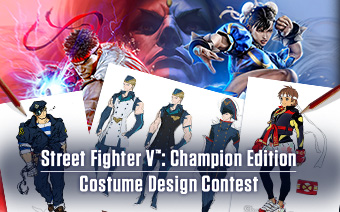







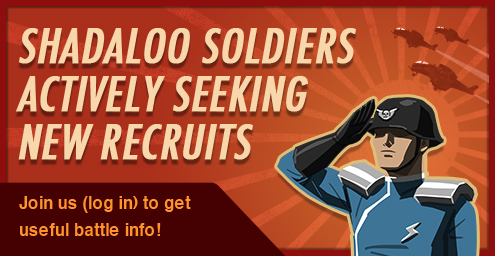



 PlayStation and
PlayStation and 
